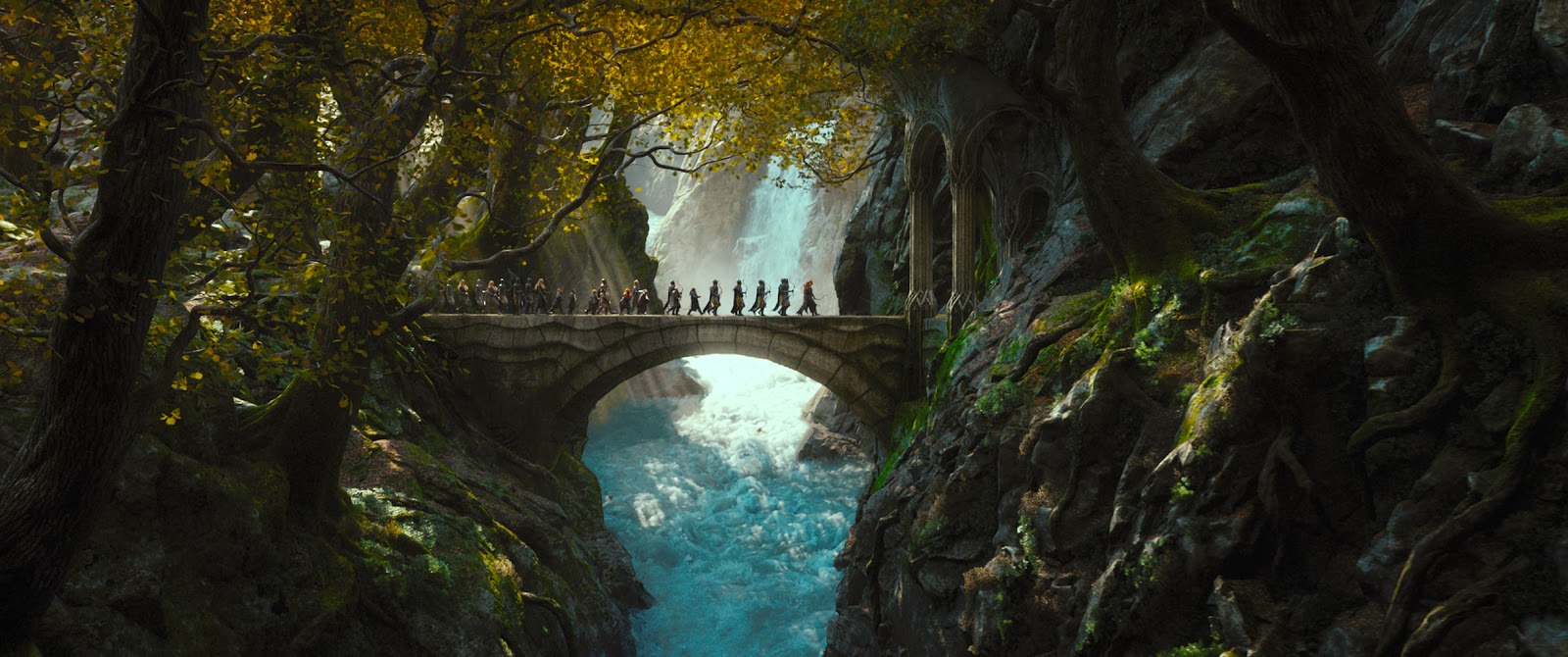This contains a large amount of landscape. It is often used at the beginning of a scene or a film to establish general location (setting). this is also known as an establishing shot.
A LONG SHOT
This contains landscape but gives the viewer a more specific idea of setting. A long shot may show the viewers the building where the action will take place.

A FULL SHOT
This contains a complete view of the characters. From this shot, viewers can take in the costumes of the characters and may also help to demonstrate the relationships between characters.
A MID SHOT
This contains the characters o a character from the waist up. From this shot, viewers can see the characters faces more clearly as well as their interaction with other characters. this is also known as a social shot.

A CLOSE UP
This contains just one characters face. This enables viewers to understand the actor's emotions and also allows them to feel empathy for the character. this is also known as a personal shot.
AN EXTREME CLOSE UP
This contains one part of a characters face or the object. this technique is quite common in horror films. This type of shot create an intense mood and provides interaction between the audience and the viewers.
A BIRDS EYE ANGLE
This is an angle that looks directly down upon a scene. this angle is often used as an establishing angle, along with an extreme long shot, to establish setting.
A HIGH ANGLE
This is a camera angle that looks down upon a subject. A character shot with a high angle will look vulnerable or small. these angles are often used to demonstrate to the audience a perspective of a particular character.

This puts the audience on an equal footing with the characters. This is the most commonly used angle in most films as it allows the viewers to feel comfortable with the characters.
A LOW ANGLE
This is a camera angle that looks up at a character. This is the opposite of a high angle and makes a character look more powerful. This can make the audience feel vulnerable and small by looking up at the character. This can help the responder feel empathy if they are viewing the frame from another characters point of view.


No comments:
Post a Comment